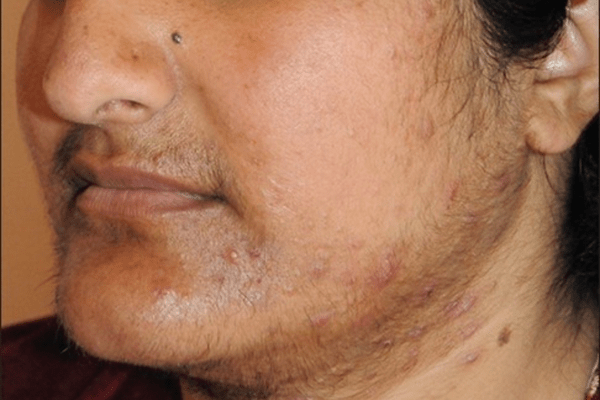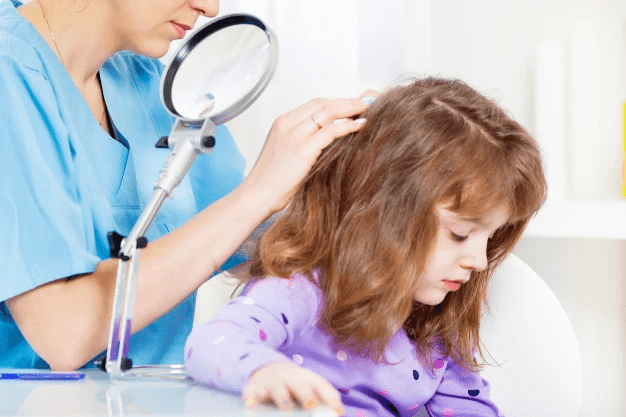Male & Female Pattern Baldness (Androgenetic Alopecia)
- Thinning of hair on the crown or temples
- Receding hairline
- Visible scalp
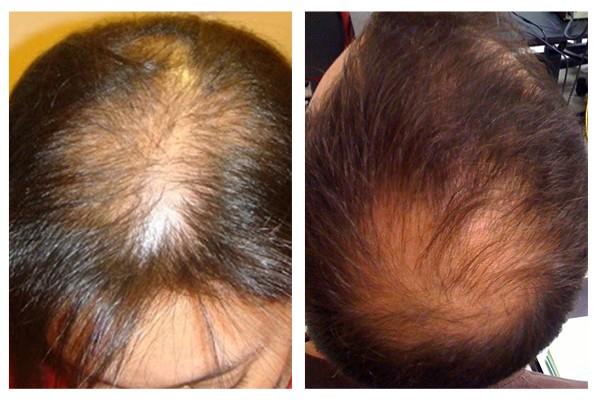
At Dr Meet’s Clinic, we offer customized scientific natural DHT inhibitor treatment for male and female hair loss. Our exceptional treatment plan considers the patient’s needs, expectations, and extent of hair loss. At Dr Meet’s Clinic, we understand your unique needs and combine our expertise and top-notch technology to offer you with the best possible treatment and solutions for hair loss concerns.
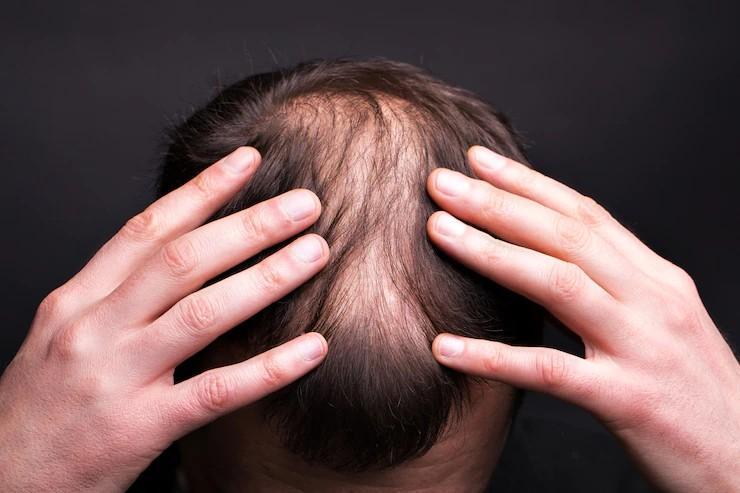

Alopecia areata can be treated with a variety of medicines, but no one treatment has been shown to work for everyone Therefore, personalized solutions are required to treat patients with this disorder.At Dr Meet’s Clinic, we have the suitable means to diagnose your condition and offer proper treatment plans to fight the disorder and prevent it from accelerating.Some patients with alopecia areata may choose to cover problematic regions with accessories, wigs, or cosmetic alternatives, while others choose not to. We offer treatment plans as well as superior quality accessories for all your needs. Connect with a hair expert right now!
.png)
.png)
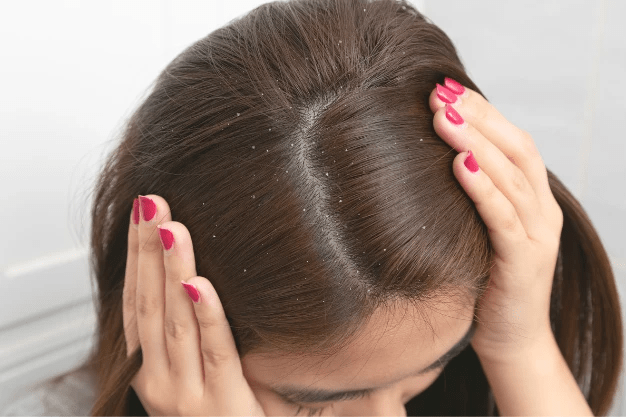
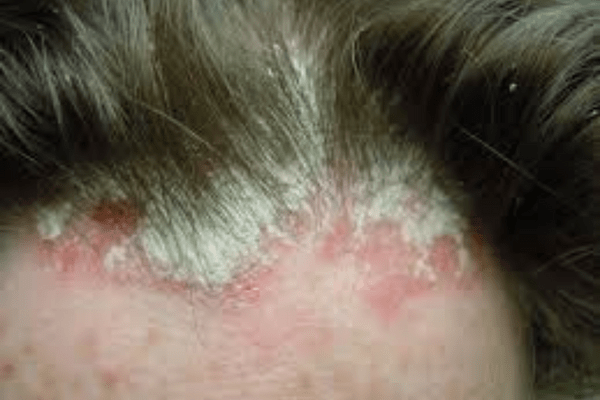
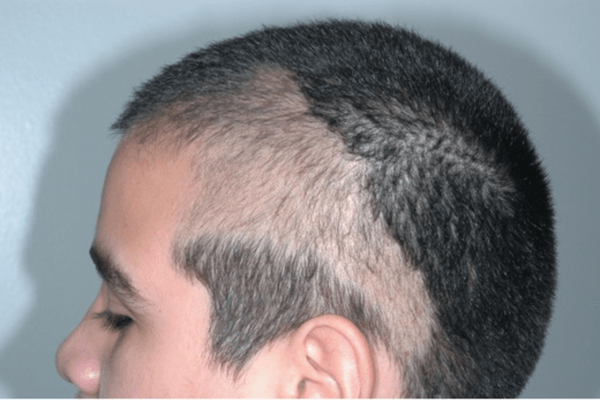
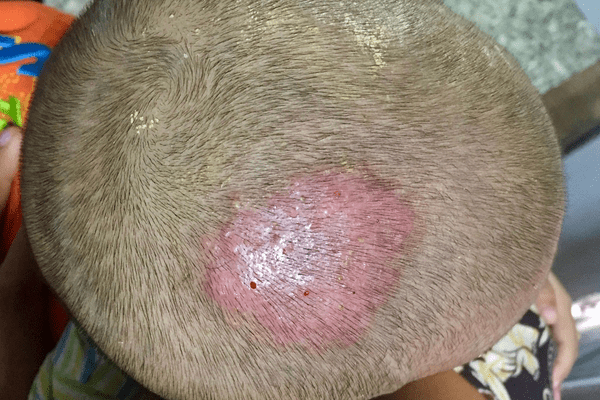
.png)
